What is the significance of the Golden Temple of Amritsar?
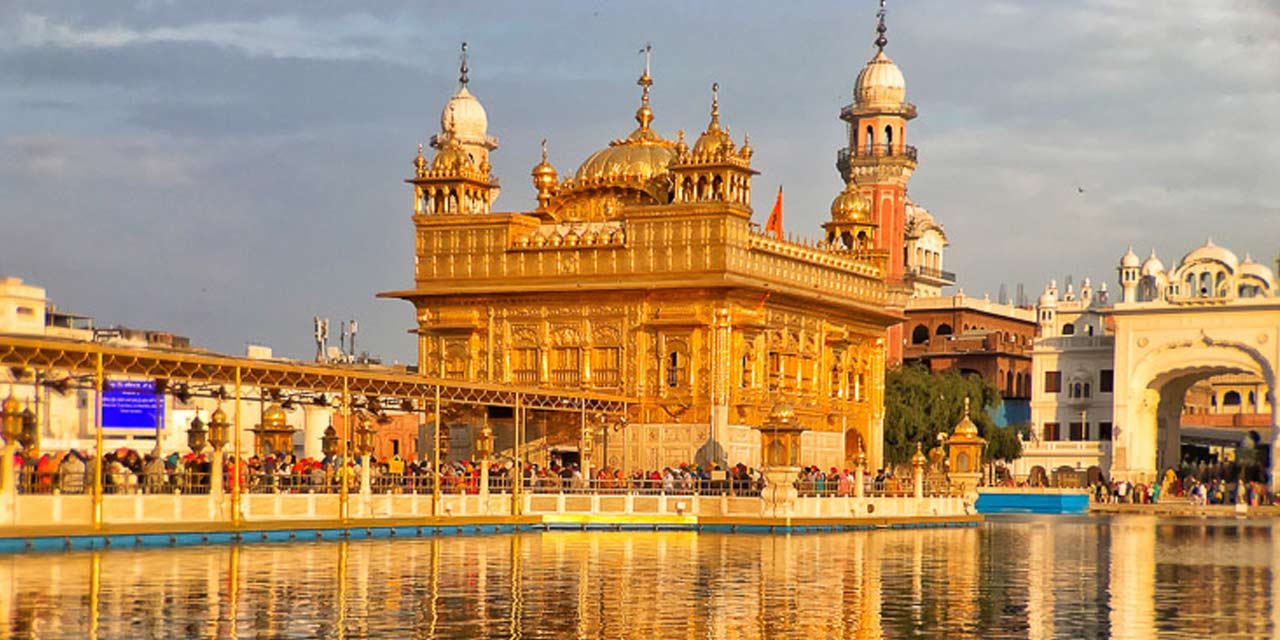
The Golden Temple of Amritsar holds immense significance for Sikhs and people from all backgrounds. It serves as a place of worship, symbolizes the Sikh faith, and promotes equality through its langar (community kitchen) where everyone is welcome to share a meal together.
Place of Worship

The Golden Temple of Amritsar is a place of worship for Sikhs and a symbol of their faith. It is a sacred space where devotees come to offer their prayers and seek spiritual enlightenment.
Sikh Guru
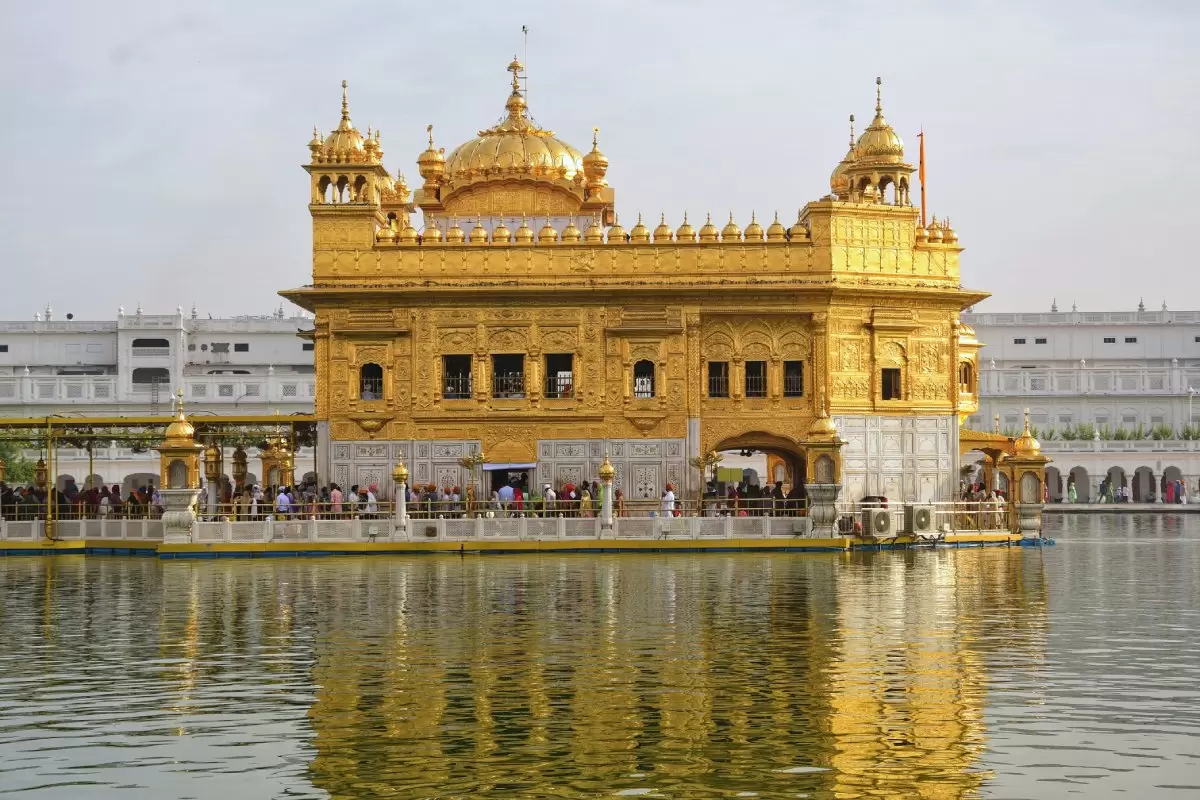
The Sikh Gurus were the spiritual leaders who played a crucial role in shaping Sikhism. They were the guiding force behind the establishment of the Golden Temple and the promotion of Sikh principles and values.
Foundation Stonz
The Foundation Stone of the Golden Temple was laid by Guru Arjan Dev in 1589. It symbolized the solid foundation of Sikhism and the establishment of a place of worship that would become a spiritual center for Sikhs around the world.
Guru Arjan Dev
Guru Arjan Dev was the fifth Sikh guru and played a crucial role in the construction of the Golden Temple. He compiled the teachings of previous Sikh gurus and installed the Guru Granth Sahib in the temple, making it a sacred place for Sikhs.
Guru Granth Sahib

The Guru Granth Sahib, also known as the Adi Granth, is the central religious scripture of Sikhism. It is a compilation of teachings from the Sikh Gurus and other holy saints, and is considered the living Guru of the Sikhs. The Golden Temple houses the Guru Granth Sahib, and it is treated with the utmost reverence and respect by devotees. It is a source of guidance, inspiration, and spiritual enlightenment for millions of Sikhs around the world.
How did the Golden Temple come into existence?

The Golden Temple came into existence through the vision and efforts of Guru Arjan Dev, the fifth Sikh Guru. He initiated the construction of the temple in the 16th century, with the intention of creating a central place of worship for Sikhs.
History of the Golden Temple

The history of the Golden Temple dates back to the 16th century when Guru Arjan Dev, the fifth Sikh Guru, initiated its construction. It was built to provide a central place of worship for Sikhs and has since become one of the most significant religious sites in Sikhism.
Golden Temple’s Construction
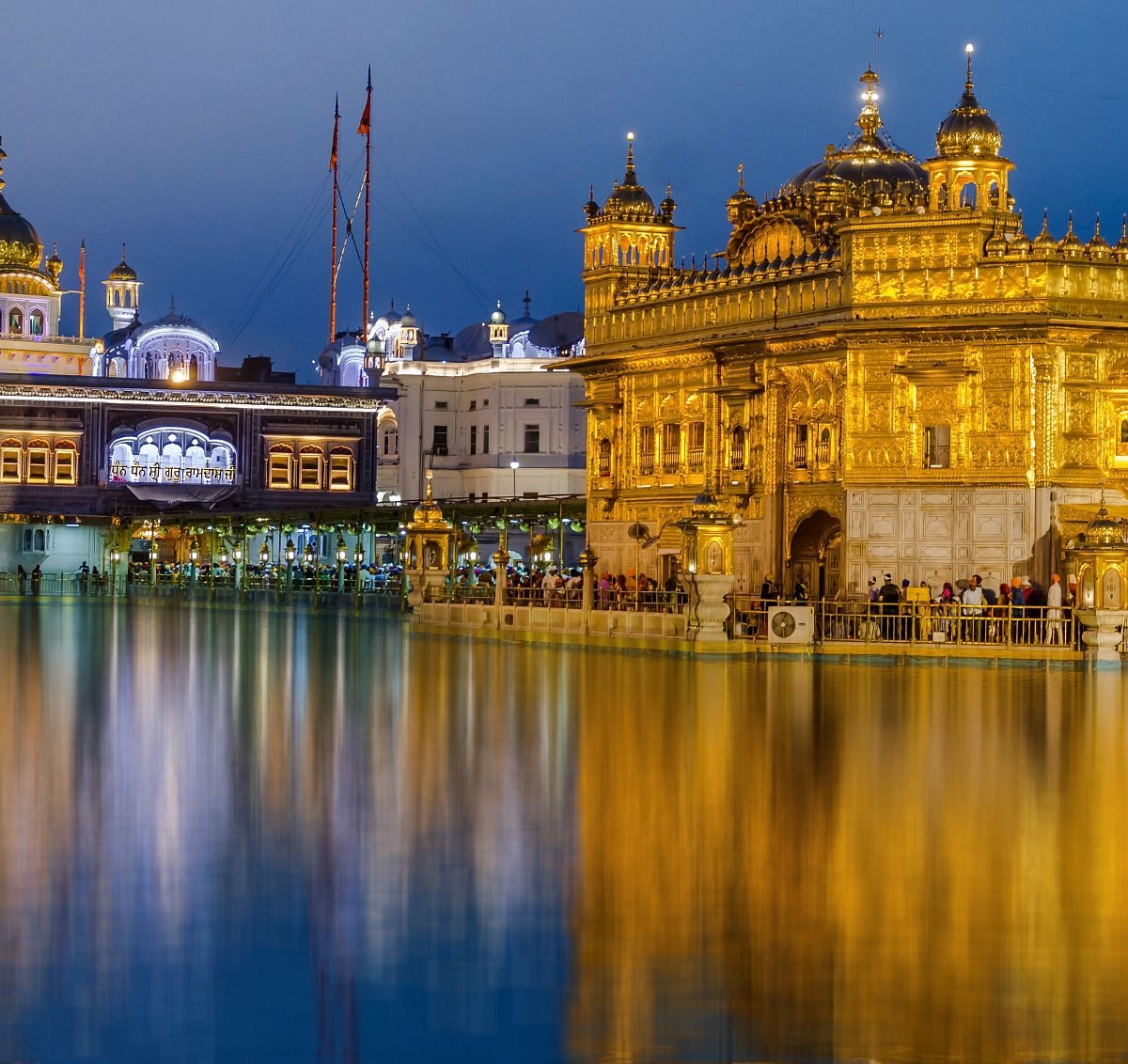
The construction of the Golden Temple was led by Guru Arjan Sahib, who laid the foundation stone in 1588. The structure was made with marble and copper, giving it its iconic appearance. The construction was completed in 1604.
Guru Ramdas

Guru Ramdas, the fourth Sikh Guru, played a crucial role in the development and establishment of the Golden Temple. He initiated the land acquisition for the temple and laid the foundation of Amritsar, the city where the Golden Temple is located.
Guru Arjan Sahib
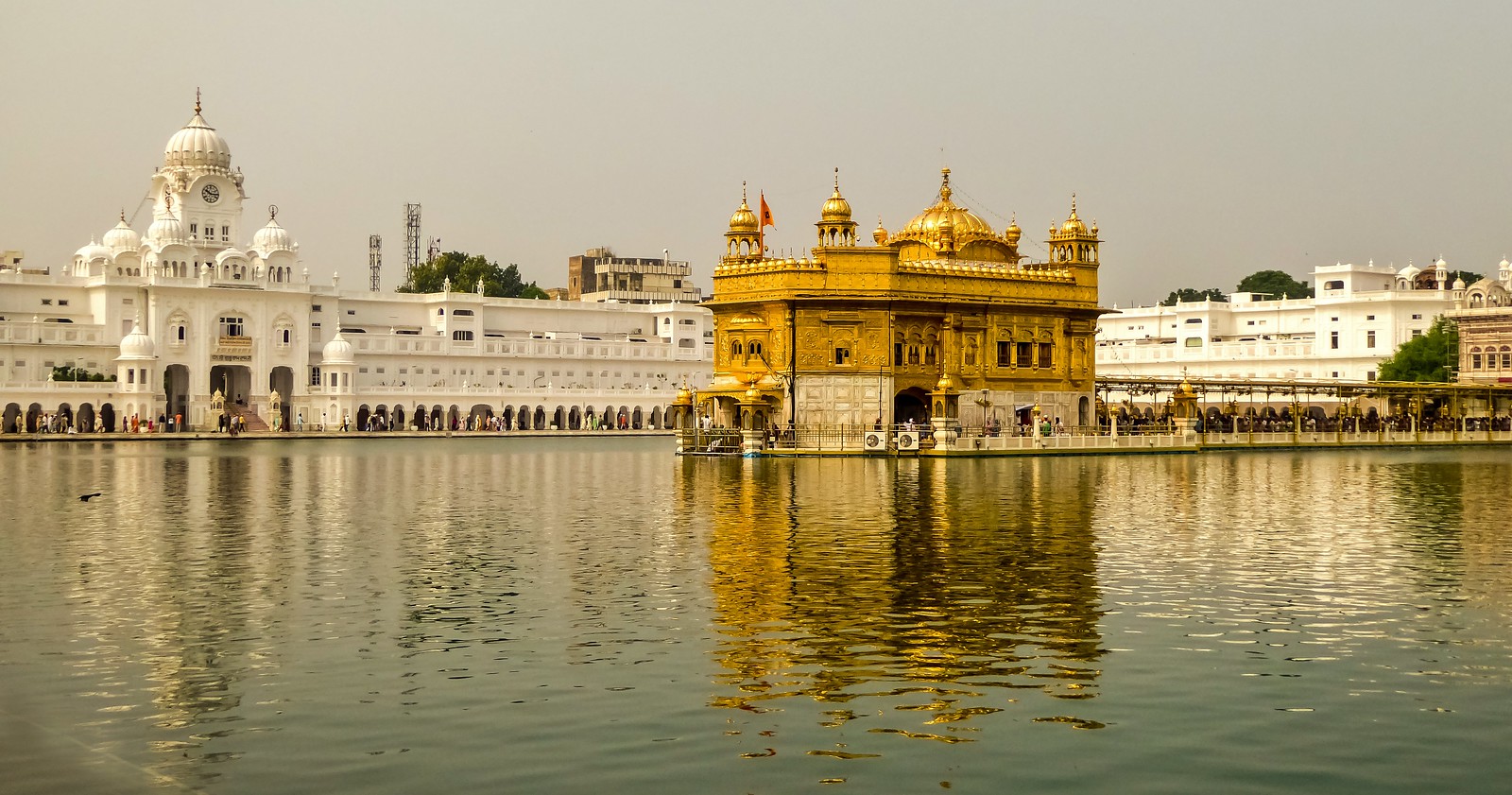
Guru Arjan Sahib, the fifth Sikh Guru, played a significant role in the construction of the Golden Temple. He supervised the construction and added hymns from various Sikh Gurus to the Granth Sahib, which is now an integral part of the temple’s worship.
Marble and Copper

The Golden Temple of Amritsar is adorned with marble and copper. The upper part of the temple is covered in copper plates, while the lower part is made of white marble. This combination of materials gives the temple its iconic and stunning appearance.
What are the main features of the Golden Temple?
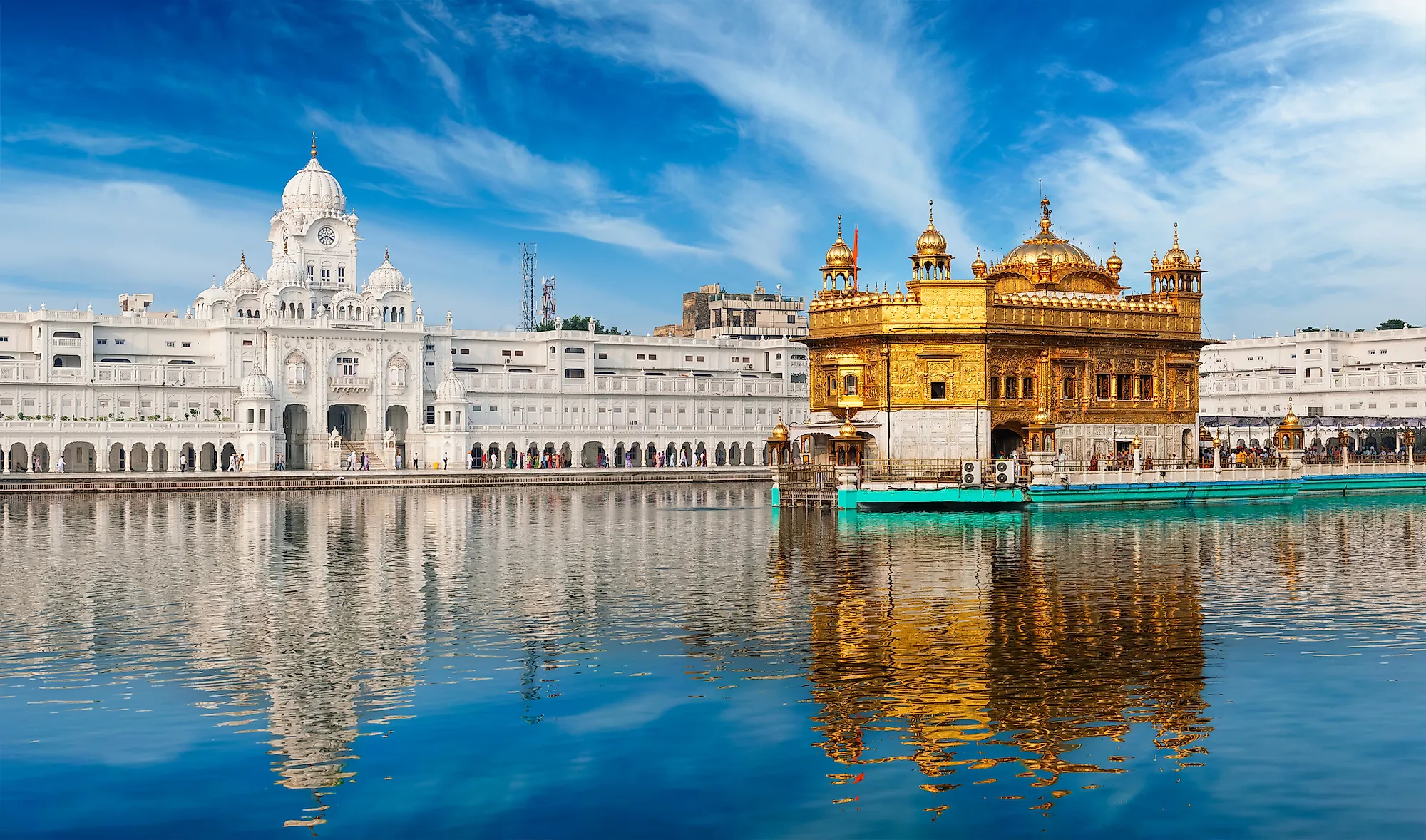
The main features of the Golden Temple include its four entrances, the langar or community kitchen that serves free meals to all visitors, the sarovar or sacred pool, the presence of the Sri Guru Granth Sahib, and the Akal Takht, a place of religious authority and governance. These features contribute to the spiritual and communal experience of the temple.
Four Entrances
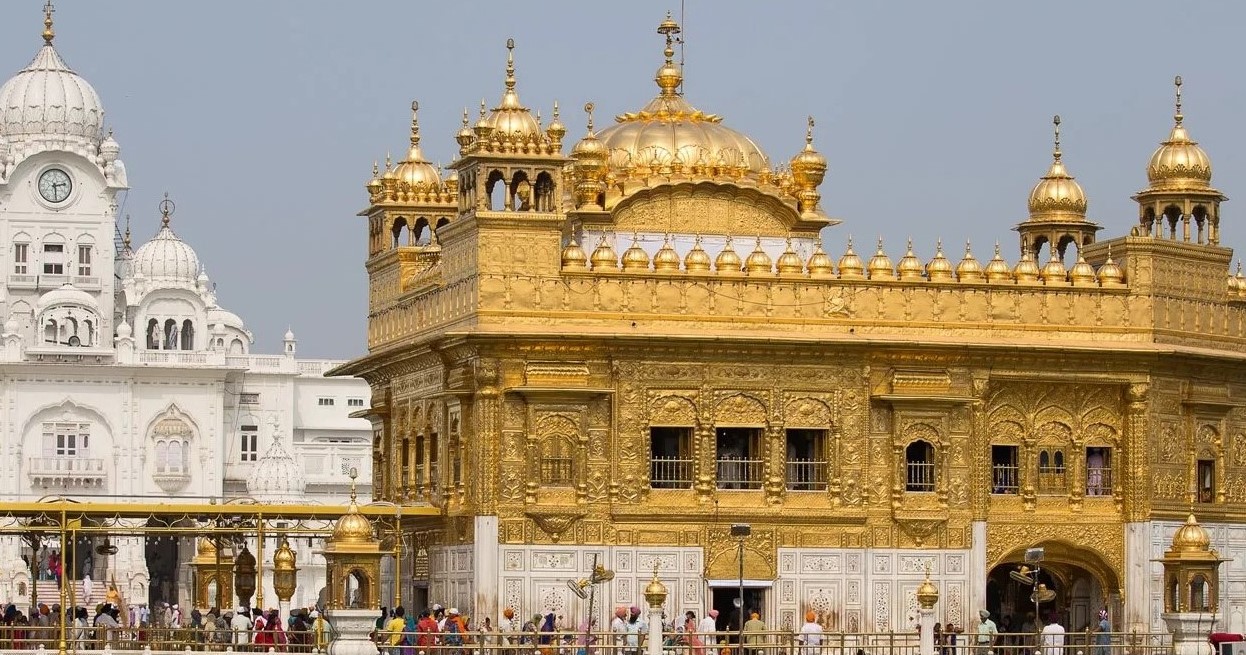
The Golden Temple of Amritsar is known for its four entrances, symbolizing the openness and inclusivity of Sikhism. These entrances, called deoris, welcome people from all directions to experience the spiritual and communal atmosphere of the temple.
Langar

Langar is a community kitchen at the Golden Temple that serves free meals to all visitors regardless of their religion or social status. It is a symbol of equality, where everyone sits together on the floor and shares a meal as equals.
Sarovar
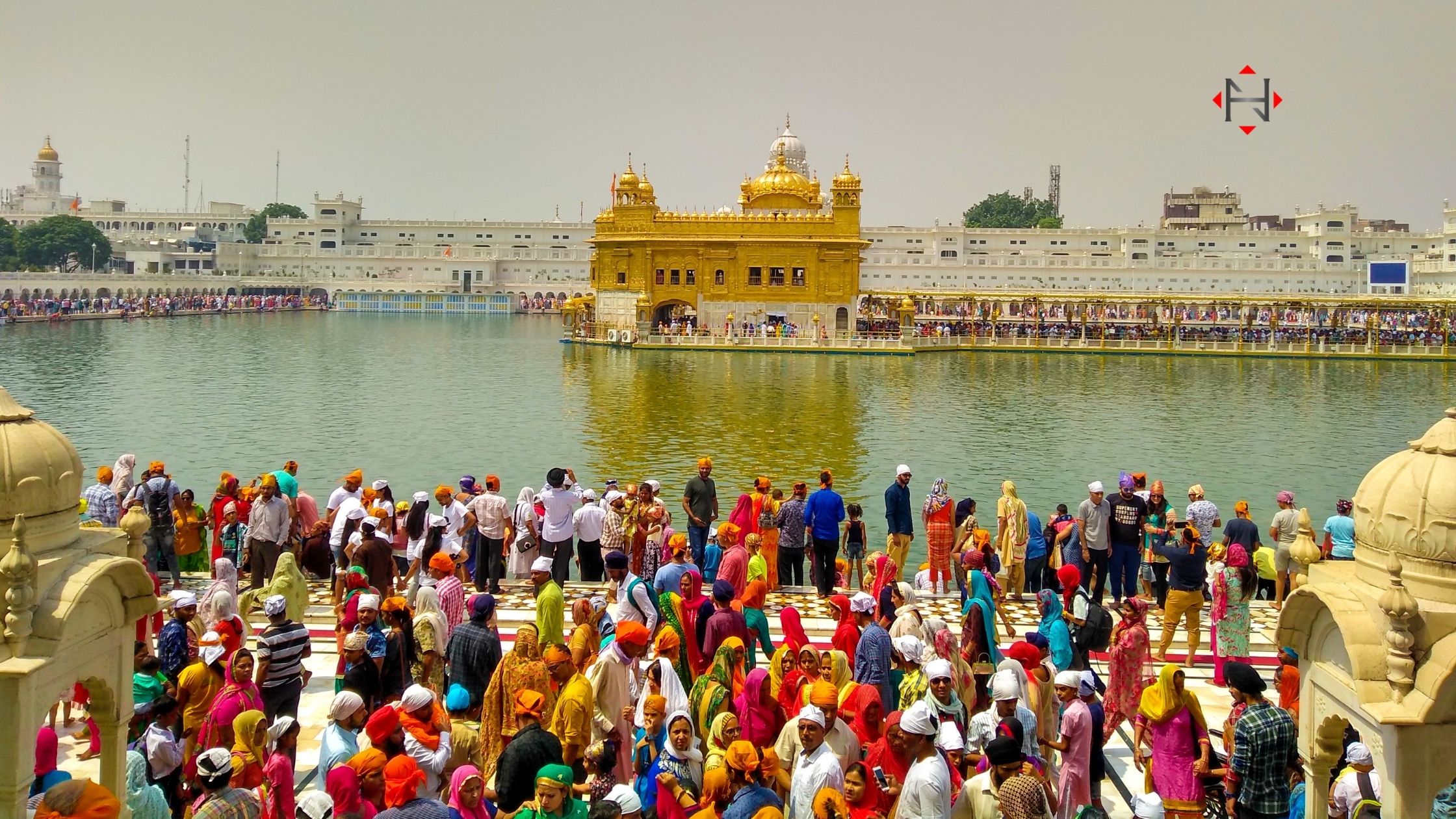
The Sarovar, also known as the holy tank, is an integral part of the Golden Temple complex. It is a large body of water surrounding the temple that holds immense spiritual significance for Sikhs. Pilgrims bathe in the Sarovar, believing that it cleanses their body and soul. The water is considered to be blessed and holds healing properties. The Sarovar also creates a serene and peaceful atmosphere within the temple premises.
Sri Guru Granth Sahib

The Sri Guru Granth Sahib is the central religious scripture of Sikhism. It is considered the living guru and is revered as the embodiment of the divine teachings of the Sikh Gurus. The Sri Guru Granth Sahib is written in the Gurmukhi script and contains hymns and verses from various spiritual leaders, including the Sikh Gurus themselves. It serves as a guide for Sikhs and is recited and studied in gurdwaras (Sikh places of worship) around the world. The Sri Guru Granth Sahib holds immense spiritual significance for Sikhs and is treated with the utmost respect and reverence. Its presence in the Golden Temple symbolizes the central role of spiritual teachings in Sikhism.
Akal Takht
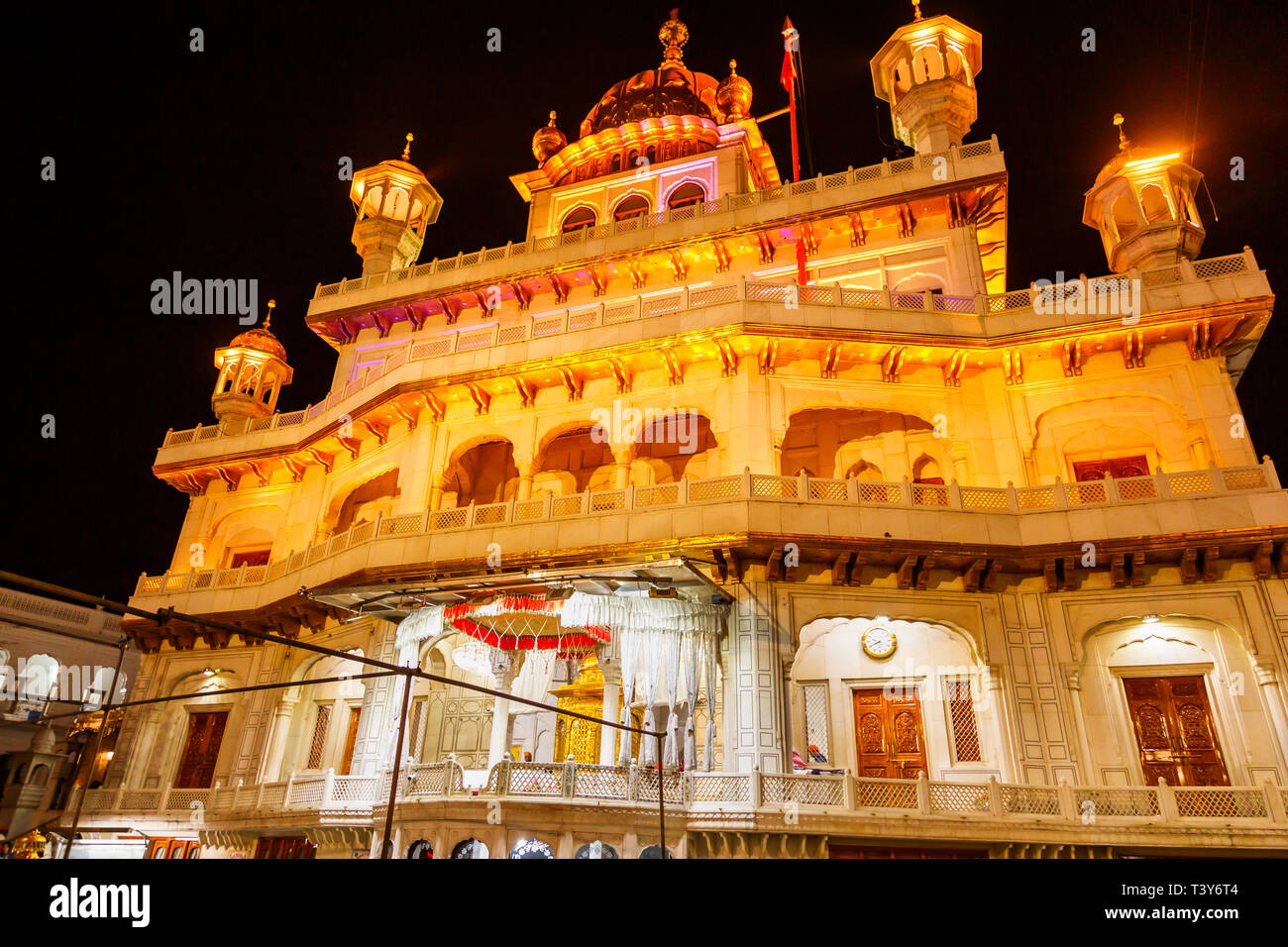
The Akal Takht is a prominent structure within the Golden Temple complex in Amritsar. It is the highest temporal seat of authority for the Sikhs and serves as a place for discussions, decisions, and meetings related to Sikh religious and social affairs. The Akal Takht holds great importance as a symbol of Sikh sovereignty and justice.
How has the Golden Temple played a role in Sikh history?

The Golden Temple has played a significant role in Sikh history as it has served as a sanctuary for Sikhs during times of persecution. It has also been a symbol of Sikh sovereignty and has witnessed important historical events such as the martyrdom of Guru Arjan.
Sikh Empire
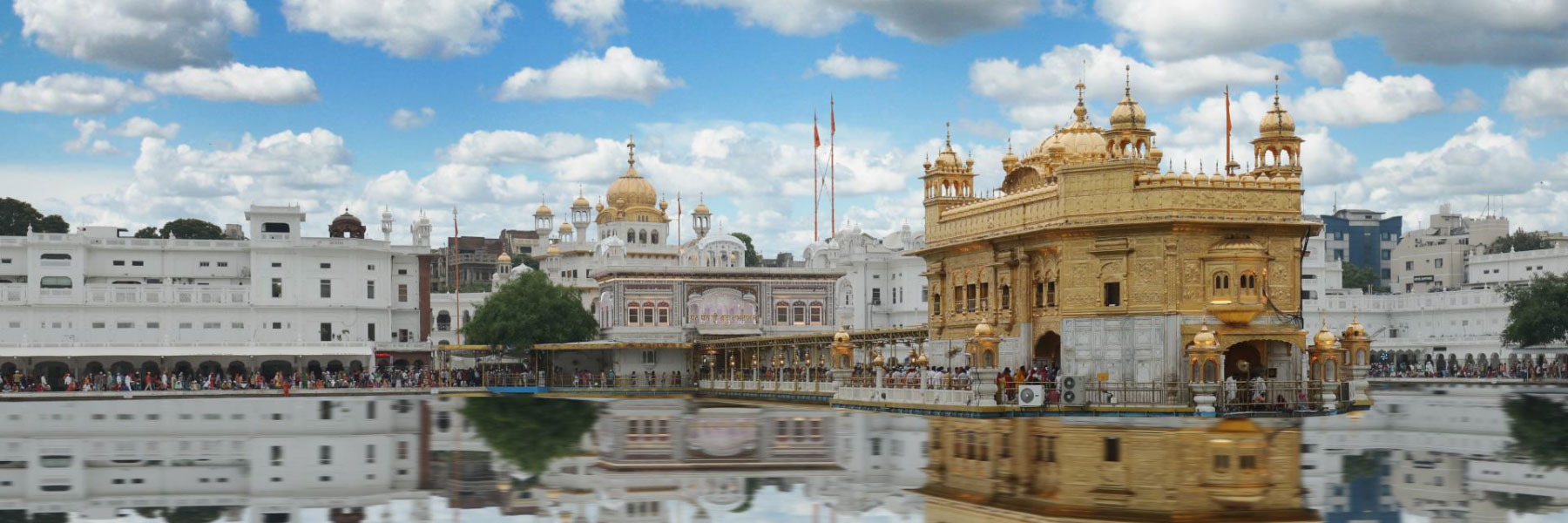
The Golden Temple played a crucial role during the Sikh Empire, which was established by Maharaja Ranjit Singh in the 19th century. It served as a symbol of Sikh sovereignty and became a center of political and religious authority.
Maharaja Ranjit Singh
Maharaja Ranjit Singh was a powerful ruler who established the Sikh Empire and played a significant role in the history of the Golden Temple. Known as the Lion of Punjab, he strengthened Sikhism and ensured the protection of the Golden Temple.
Jallianwala Bagh
:max_bytes(150000):strip_icc()/GettyImages-142737748-5af5332a642dca0037b452da.jpg)
Jallianwala Bagh is a public garden in Amritsar, Punjab. It gained historical significance due to the tragic massacre that took place on April 13, 1919, where British troops fired upon a peaceful gathering, resulting in the death of hundreds of unarmed Indians. The site serves as a reminder of the struggle for independence and is a symbol of resilience and bravery.
Guru Arjan
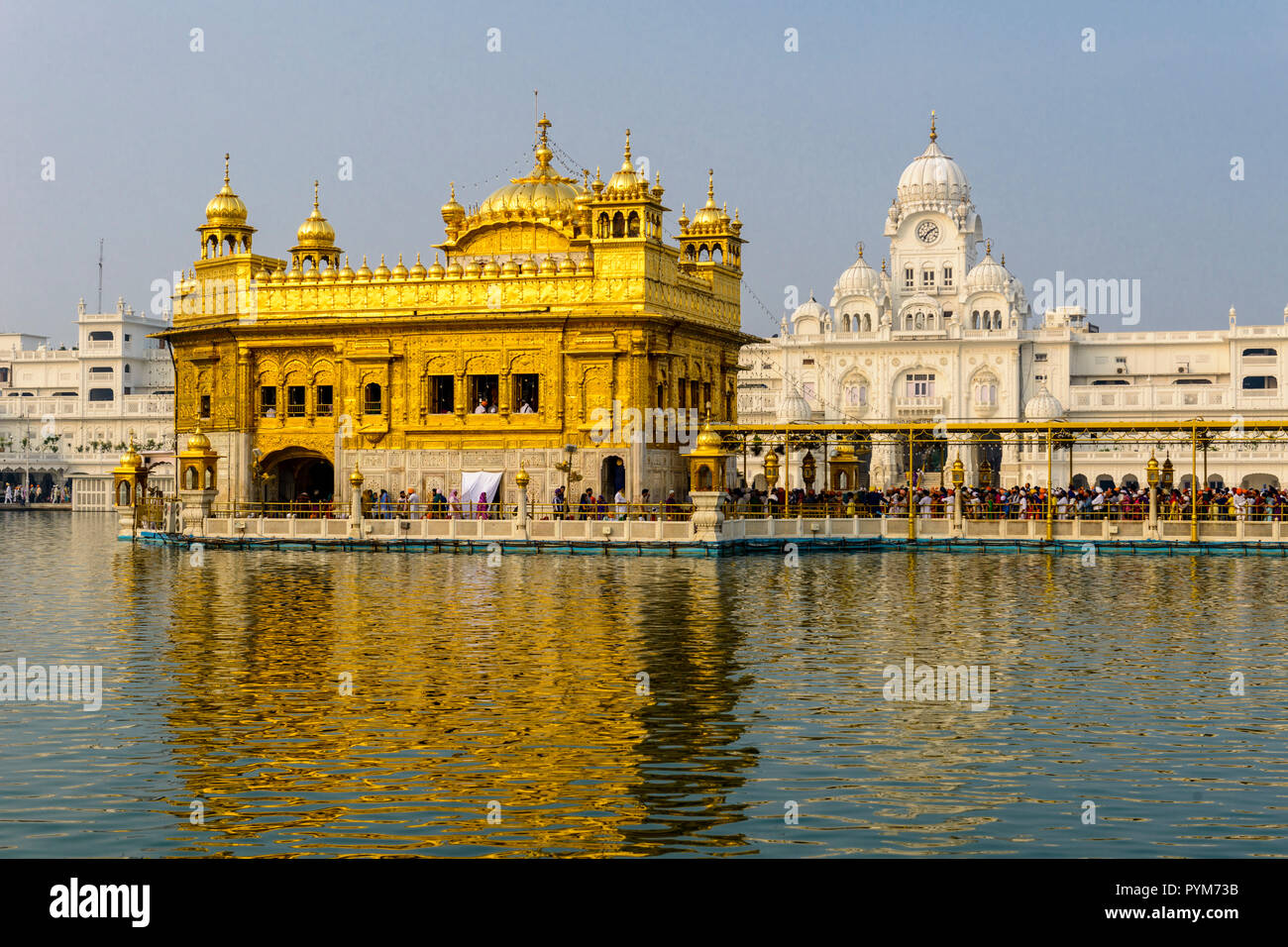
Guru Arjan, the fifth Sikh Guru, played a crucial role in the construction of the Golden Temple. He compiled the Sikh holy scripture, the Guru Granth Sahib, and ensured that it was installed in the temple, making it a center of Sikh worship.
Pilgrimage Site

The Golden Temple of Amritsar is a sacred pilgrimage site for Sikhs from all over the world. Every year, millions of devotees visit the temple to pay their respects and seek spiritual solace. The serene atmosphere and divine aura of the temple make it a cherished destination for pilgrims.
What is the cultural and social significance of the Golden Temple?

The Golden Temple holds immense cultural and social significance as it serves as a symbol of unity, equality, and communal harmony. It promotes the values of selfless service, compassion, and the importance of community meals through its langar (free kitchen) service. The temple also plays a vital role in promoting Sikhism and educating people about its principles and teachings. Its welcoming atmosphere transcends religious boundaries, making it a place of solace for people from different faiths and backgrounds. The Golden Temple stands as a testament to the rich Sikh heritage and acts as a cultural hub for various religious and social activities.
Pilgrimage

Pilgrimage to the Golden Temple is a sacred journey for Sikhs and people from all around the world. It is a significant religious site where devotees seek spiritual solace and connect with the teachings of Sikhism.
Pilgrimage Site

Pilgrims from all over the world flock to the Golden Temple in Amritsar, making it a significant pilgrimage site. It holds immense spiritual and religious importance for Sikhs, who come to seek solace and connect with their faith.
Sikhism
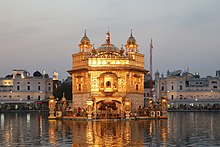
Sikhism is a monotheistic religion founded in Punjab, India in the 15th century. It emphasizes the importance of equality, selfless service, and devotion to God. Sikhism considers the Guru Granth Sahib as the eternal guru and believes in the principles of truth, justice, and humility. The Golden Temple in Amritsar is a sacred place where Sikhs gather to worship and connect with their faith.
Religious Place of the Sikhs
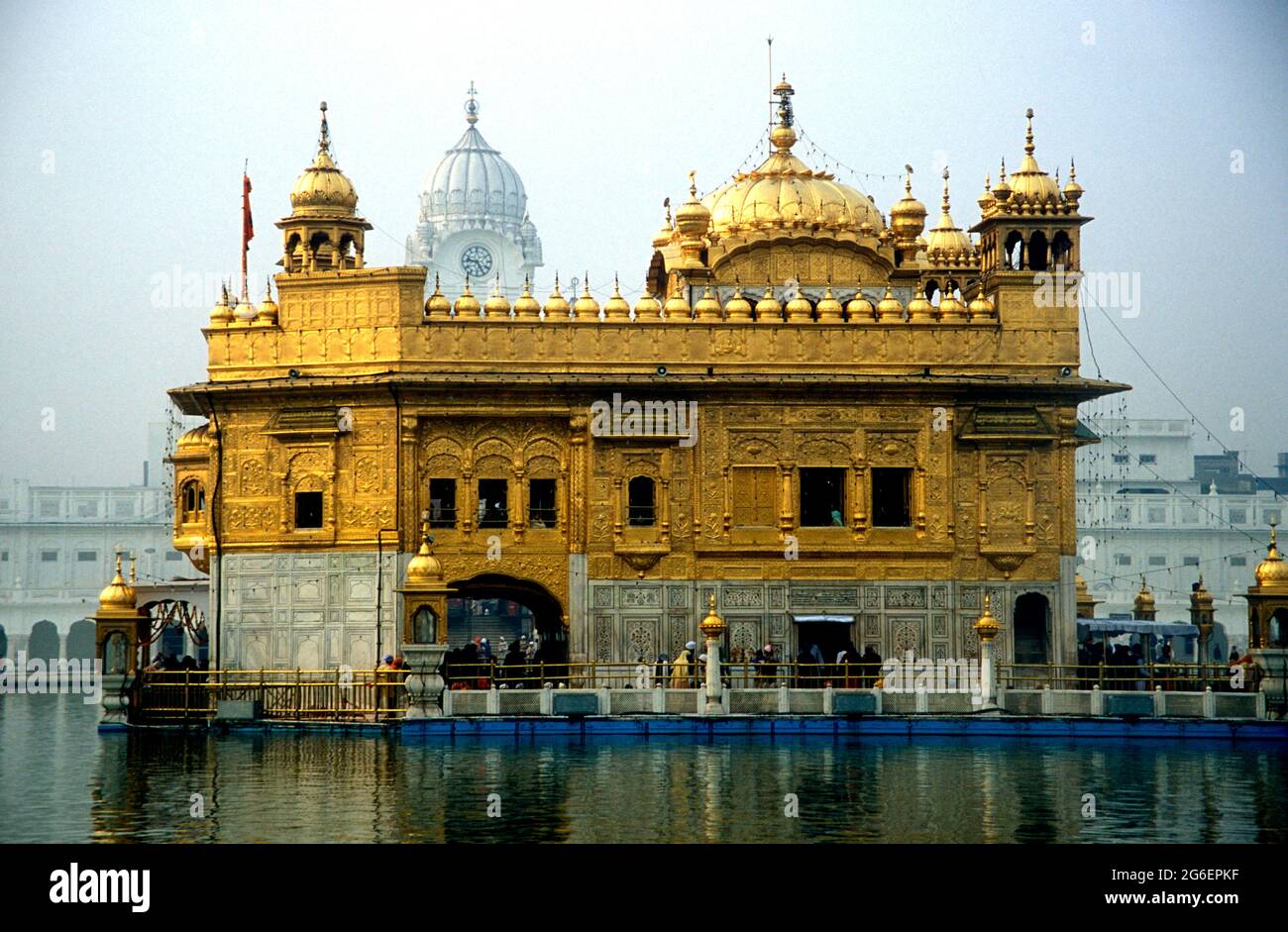
The Golden Temple of Amritsar holds immense religious significance for the Sikhs. It is considered the holiest place of worship and serves as a spiritual center, attracting millions of Sikhs from around the world.
Sri Darbar Sahib
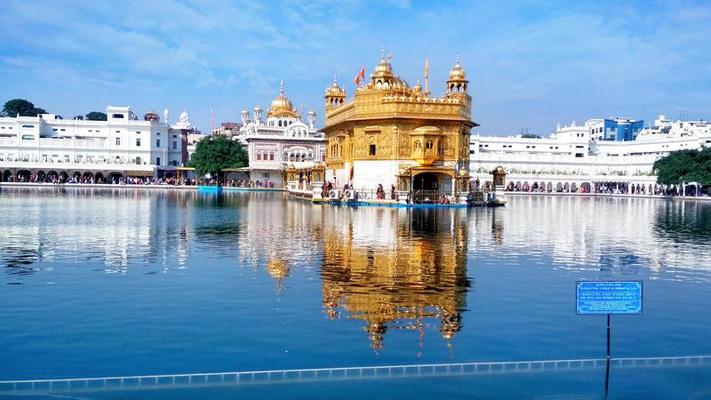
Sri Darbar Sahib is another name for the Golden Temple of Amritsar. It is the main worship hall where the Guru Granth Sahib, the holy scripture of the Sikhs, is placed and where the Sikhs gather to offer prayers and seek spiritual guidance.
